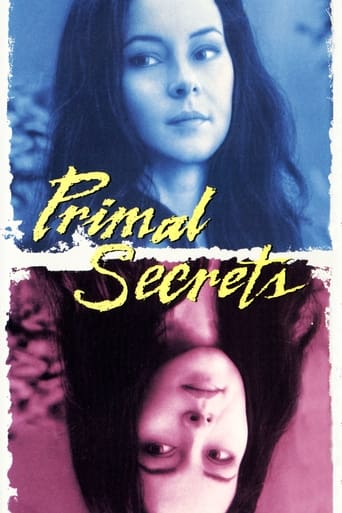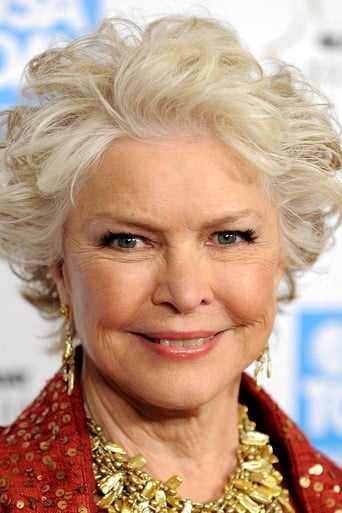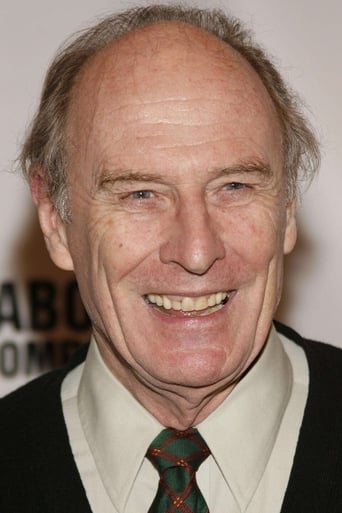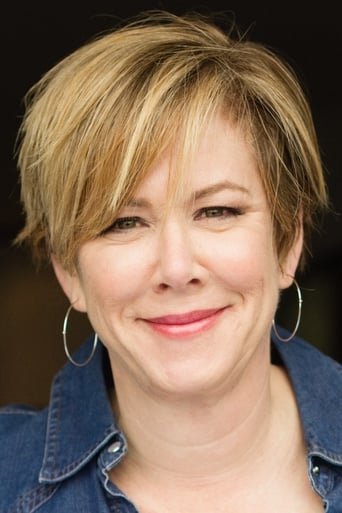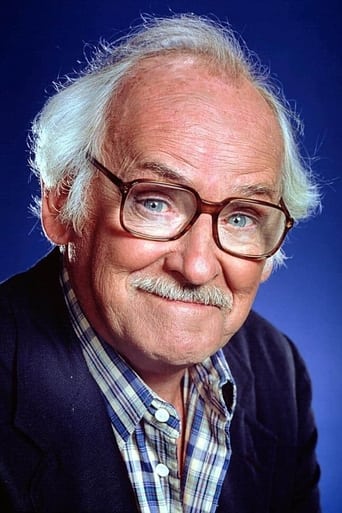A woman artist is hired by a wealthy woman to paint a mural in a room however she finds out that the woman wants her to do more than paint the mural as hidden family secrets are revealed.
Reviews
Very very predictable, including the post credit scene !!!
Too much of everything
So much average
Through painfully honest and emotional moments, the movie becomes irresistibly relatable
This TV movie might have been undistinguished if not for the two marvellous performances of the leads, Ellen Burstyn and Meg Tilly. The story is rather far-fetched, but the two actresses carry out their tasks with such utter conviction that I was spellbound by them and their interactions. I recently saw Ellen Burstyn onstage in London as the Grandmother in 'The Children's Hour' by Lillian Hellman (starring Keira Knightley and Elizabeth Moss as the two young women), and her portrayal of that character is very similar indeed to what we see here in this film. She must have known a few grande dames in her time, as she is so eerily convincing as one both in this film and in the Hellman play. Here, she manages to lapse into petulant fits which punctuate her otherwise perfectly mannered and excessively genteel exterior, and she does it with such perfect sophistication that it is a joy to watch such an old pro at work. Meg Tilly is the perfect foil for her, and they get the balance right between them in every scene, so that as the intensity of the emotional battle between them heightens, they both turn up the temperature in perfect synch. This film was directed by Ed Kaplan, and is the last film which he did direct, all six in his CV having been for television. I don't know why it is that television films always have to have such dinky, pathetic opening and closing credits, cheaply designed and with ditsy, cheap tinkly music such as you might hear in a mall. The film itself was largely of feature standard, but the horrible credits let you know from the first instant that you are in TV-land. Burstyn plays one of the richest women in America, and Paxton Whitehead does an excellent job of playing her butler, his English origins being essential to doing so. (His self-apologetic 'don't look at me while I make myself invisible' body language is so English that it can honestly be said, I think, that no native American could ever simulate it.) Burstyn's daughter died young in a tragic accident, and it turns out that Tilly resembles her so strongly that she could almost be her twin. Burstyn becomes obsessed with Tilly and begins to call her by her daughter's name and even treat her the same. Burstyn at first lures Tilly to her mansion on the pretext of painting a series of murals on her ballroom walls. Tilly, as a starving artist, is delighted. But it is not really the murals that Burstyn wants, it is Tilly. Or rather, it is not even Tilly she wants, but her daughter simulated by Tilly. The atmosphere becomes increasingly tense and claustrophobic as these two women are cooped up together and Tilly struggles to maintain her own identity in the face of Burstyn's clever attempts to 'form' her, give her style, expensive clothes, and a place in her home. She even offers to make her her heir, which would include inheriting many spectacular Old Master paintings! One false note in the film is the exterior of the mansion of Burstyn. However, this is an American failing in general. The most pathetic thing about the American super-rich is that their mansions are so ugly. They seem to think that by having a very long drive and acres of lawn planted in astro-turf (which is such horrible stuff like something unconvincing from a bad dream) with lot of men on lawnmowers (as if they were in a cemetery), their residences will be impressive and awe-inspiring. However, they have neglected to notice that one you have gone through the great approaches to the mansions, their mansions themselves are generally mediocre, flat, squat, undistinguished, and of excruciating architectural banality. It all goes to prove that rich Americans are mostly incapable of taste or style in architecture, and that the majority of their mansions are a positive offence to the eye. The one in this film is no exception. Out west, lack of architectural distinction in a mansion can often be excused by 'ranch-style' building, because the inhabitants wear cowboy hats, so that's OK then. If they live in something only slightly more interesting than a cow barn, they always have their longhorns to fall back on. But it is only the traditional Southern mansions and a few New England ones which have any architectural merit in America (always with the exception of a few eccentric constructions by the occasional neglected genius). One might almost go so far as to say that the last time anybody designed a convincing mansion in America was Thomas Jefferson at Monticello. But then he had spent enough time in France to develop some style. One does despair at all these American movies about powerful rich people living in undistinguished houses, but then one thing I have noticed about most of the super-rich Americans I have known is how undistinguished, lacking in taste or charm, and completely bland they are, just like their houses. Now that the Russian oligarchs and Chinese princelings are imitating them, mediocrity is spreading ever more widely round the world and will soon drown us. This film makes highly congenial viewing, for those who value fine acting or who are particularly interested in Ellen Burstyn and Meg Tilly. Certainly it contains one of Ellen Burstyn's finest performances, and should not be missed for that reason alone. The film is also of interest because of its study of the dynamics between a manipulative older woman and a vulnerable young woman. The film is also to some extent a tragic mystery tale. It is a pity that so few people have ever heard of this film.
Three writers made a valiant attempt to adapt Jane Stanton Hitchcock's novel for the tube, yet this television movie has ultimately been injected with too much melodrama and just doesn't know when to quit. Struggling artist Meg Tilly suddenly finds herself employed by wealthy, enigmatic Ellen Burstyn, who desires a mural painted on the walls of her unused ballroom. After learning about the last gathering held there--Ellen's daughter's coming-out party--Tilly decides on her artistic theme, never dreaming the daughter died mysteriously before the function even began, nor that she and the deceased bore a striking resemblance to one another! Two superb actresses lend their services to an incredible yarn which doesn't bear close scrutiny, one that fails to match either lady in emotional intensity. Burstyn's role teeters on camp, while Tilly gets stuck doing the dreamy-eyed-waif routine. Only one sequence late in the film (the morning after the mural is finished) is charged with honest feeling, anger and betrayal. The rest is piffle.
... but Meg was better suited for the role, and I was happy to see her working. I just saw this (first time) on TV. It is an interesting story of a young painter and a rich patroness of the arts and their bonding and unbonding. Very good acting by Tilly and Ellen Burstyn with no excess emoting. They both looked young for the movie date ('94); anyone know how long this sat on the shelf before release?
As an artist I really connected with this film. Meg Tilly did a sensitive, perceptive job of portraying a contemporary young artist.
Top Streaming Movies












